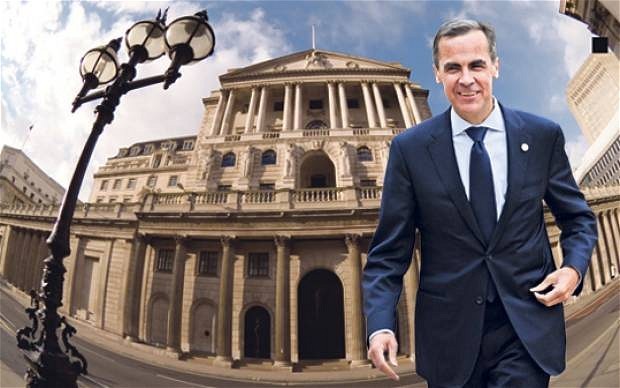Interest Rates to Remain Low for Two Years
Post on: 8 Май, 2015 No Comment

A few days ago, Federal Reserve Board Chairman Ben Bernanke announced the Fed intentions to keep interest rates exceptionally low for at least the next two years. After months of uncertainty in the markets regarding the duration for the low interest rates, the Fed decided to keep the federal funds rate near zero through mid-2013. The Fed made this move in an effort to stimulate an unresponsive U.S. economy, which has been in a low growth mode since the collapse of 2008.
The federal funds rate refers to the interest rate banks charge other banks for overnight loans. The banks used these loans to meet the reserve requirements — the amount of deposits institutions must hold against certain loans. As one of the Fed’s primary tools for fueling economic expansion, in theory, low federal funds rate makes money inexpensive to business owners and consumers — thus encouraging spending. Raising the rate would have the opposite affect.
With higher rates, lenders tend to resist borrowing money to maintain their reserves at the required level; therefore, banks make fewer loans. If banks do lend money, it’s at a higher interest rate because it cost banks more to borrow money. When money becomes more expensive to borrow, firms borrow less. As a result, the economy expands at a slower pace or contracts.
Federal Funds and Quantitative Easing
The federal fund rate has a direct impact on LIBOR or the London Interbank Offered Rate. LIBOR is the interest rate banks charge one another for one-month, three-month, six-month, and one-year loans. It also influences the prime rate, which is the interest rate banks charge their premier customers.
Subsequently, consumers experience the affects of the Fed policy in a wide range of financial transactions, such as bank deposits, bank loans, credit cards purchases, and adjustable-rate mortgages (ARMs ). The federal fund rate also has an affect on long-term interest rate in an indirect manner when it comes to conventional mortgage refinance rates .
Some market analysts view the Fed’s decision as another round of quantitative easing (QE). QE is a monetary policy that allows the Fed to use Uncle Sam’s check to buy securities — twice since 2009. Then, securities sellers deposit the checks in their banks institutions, which make loans to consumers and businesses. For QE1, the Fed wrote purchased $1.25 trillion worth of securities.
The second round of quantitative easing (QE2), which ended in June, amounted to $600 billion. This stimulus provided temporary support to the stock market; however, some analysts believe that QE2 helped to drive oil prices higher. As a result, Americans experience higher inflation and the economy suffers a drop in consumer spending.
Conclusion
The Fed articulated a snippet of optimism, pointing to low inflation. and the level of business spending for equipment and software. Nonetheless, the forecast for the rest of the economy shows further deterioration in employment, weak consumer spending, a bleak commercial real estate market, and continuous depression in the residential housing market. The metrics used for forecasting the U.S. economy points to significant downside risks.
The short-term interest rate has been at near-zero for 32 month. Economic experts express concerns about the Fed continuing down the track of low interest rates — especially when the economic problems have nothing to do with rates. In fact, many industry insiders believe the dissent by three Federal Reserve officials relate to the Fed’s policy of keeping the lid on interest rates.
The issues with the economy have to do with a lack of economic growth — businesses and consumers do not have enough confidence in the economy to buy. When demand increases — the economy will grow.
Analysts strongly believe the Fed do not have much left in its arsenal to invigorate a stagnant economy, create jobs, and rejuvenate the housing and mortgage industries — historic drivers of the American economy.














